Latest & Greatest

Maple Glazed Carrots Savory and Flavorful Side Dish
Are you ready to make the perfect side dish? Maple Glazed Carrots are both savory and sweet, adding a delicious
Read more…
Spicy Sriracha Chicken Wraps Flavorful and Simple Dish
If you crave a quick and tasty meal, Spicy Sriracha Chicken Wraps are here for you! This dish is full
Read more…
Chewy Oatmeal Raisin Cookies Easy and Tasty Recipe
If you crave a warm, chewy treat, you’re in the right place! I’m excited to share my easy and tasty
Read more…
Lemon Blueberry Pound Cake Delightfully Simple Recipe
Welcome to the world of Lemon Blueberry Pound Cake! This delightfully simple recipe transforms fresh blueberries and zesty lemons into
Read more…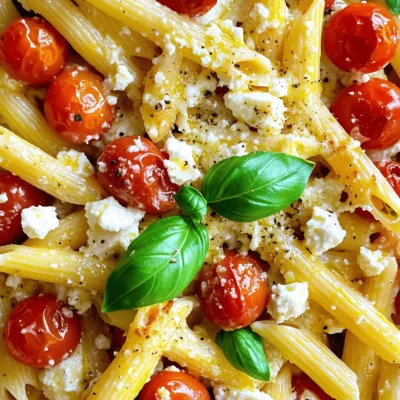
Baked Feta Pasta Simple and Tasty Weeknight Meal
Craving a simple yet delicious weeknight meal? Look no further than Baked Feta Pasta! This dish combines creamy feta, fresh
Read more…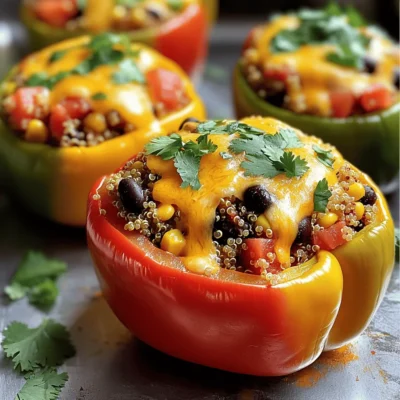
Stuffed Bell Peppers Savory and Simple Recipe
If you’re looking for a tasty and fun meal, stuffed bell peppers are a great choice! This savory and simple
Read more…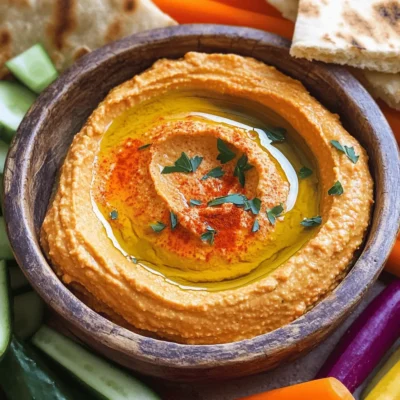
Roasted Red Pepper Hummus Smooth and Flavorful Dip
Are you ready to elevate your snack game? This Roasted Red Pepper Hummus is smooth, flavorful, and super easy to
Read more…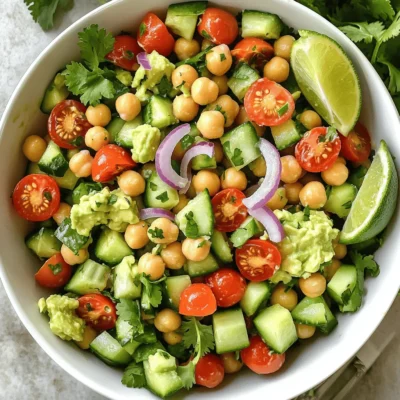
Smashed Avocado Chickpea Salad Fresh and Nourishing
If you’re looking for a bright and healthy meal, you’ve come to the right place! My Smashed Avocado Chickpea Salad
Read more…browse recipes
. Start by boiling water in a large pot. Add a pinch of salt for flavor. When the water boils, add your whole wheat spaghetti or rice noodles. Cook them until they are al dente, which usually takes about 8-10 minutes. Al dente means the noodles are firm but not hard. After cooking, drain the noodles and rinse them under cold water. This helps cool them down and stops the cooking process. While your noodles cook, wash and chop your vegetables. Use a sharp knife for clean cuts. You’ll need to shred the purple cabbage and carrots. Julienne the bell pepper and cucumber into thin strips. Chop the green onions. In a large bowl, combine all these vegetables. Toss them together well. Mixing ensures every bite is full of flavor. In a separate bowl, gather your dressing ingredients. Whisk together the sesame oil, soy sauce, rice vinegar, honey or maple syrup, grated ginger, and minced garlic. Add a pinch of salt and pepper. Whisk until everything is blended smoothly. Taste it and adjust the flavors if needed. You can add more honey for sweetness or more soy sauce for saltiness. Once your noodles are cool, add them to the bowl with the chopped vegetables. Pour the dressing over the top. Gently fold the noodles into the mix. Make sure everything gets coated evenly with the dressing. This step is key for a tasty salad. Next, take a small dry skillet and heat it over medium heat. Add the sesame seeds to the skillet. Toast them for about 2-3 minutes. Stir often to prevent burning. When they turn golden brown, they are done. Remove from heat and set aside. To serve, transfer the salad to a large platter or individual bowls. Sprinkle the toasted sesame seeds on top for a nice crunch. For extra color, you can add more chopped green onions or fresh cilantro. Serve it cold or at room temperature for the best taste. Check the [Full Recipe] for more tips. You can adjust this recipe for different diets. For a gluten-free option, swap whole wheat spaghetti with rice noodles. This keeps the dish tasty and safe for those with gluten issues. If you want a vegan dish, use maple syrup instead of honey for sweetness. You can also add more spices if you like stronger flavors. A pinch of red pepper flakes can give it a nice kick. If you want more depth, try adding a splash of lime juice. Storing leftovers properly keeps the salad fresh. Place it in an airtight container in the fridge. It lasts about three days. To keep the noodles from getting mushy, store the dressing separately. When you’re ready to eat, mix the dressing in just before serving. This helps maintain the texture and flavor. If you have leftover sesame seeds, store them in a cool, dark place. They stay fresh longer that way. This recipe serves four, but you can adjust it easily. If you're cooking for a larger group, just double the ingredients. You can also make it for meal prep. Serve it with grilled chicken or shrimp for a full meal. For a light lunch, pair it with fresh spring rolls. This adds variety and makes for a colorful plate. You can mix and match sides to keep it exciting! Check out the Full Recipe for more ideas on how to serve this dish. {{image_2}} You can change up the vegetables in your Asian sesame noodle salad. Try adding bell peppers for a sweet crunch or snap peas for a fresh snap. These options add color and texture. Different noodle types also change the feel of the dish. Rice noodles are light and chewy. Whole wheat spaghetti gives a heartier bite. Experiment to see what you like best! Want to make your dish heartier? Add proteins like grilled chicken, tofu, or shrimp. Each choice brings unique flavors and makes the salad more filling. For a spicy kick, try adding chili paste or sriracha. This adds heat and depth to the dressing. Adjust the amount based on your spice level. Using seasonal produce can elevate the freshness of your salad. In summer, use ripe tomatoes and cucumbers. For winter, try adding roasted butternut squash or shredded Brussels sprouts. These ingredients not only taste great but also keep the dish exciting year-round. Seasonal choices highlight the best flavors of each time of year. To keep your Asian sesame noodle salad fresh, use airtight containers. Glass or BPA-free plastic works best. This salad stays good in the fridge for up to three days. Make sure to seal it tightly to avoid extra moisture. You can freeze this salad, but it’s best to do it without the dressing. Place the cooled noodles and veggies in a freezer-safe bag. Remove as much air as possible. When you’re ready to eat, thaw it in the fridge overnight. Add the dressing after thawing for the best taste. If you prefer warm noodles, heat a portion in a pan on low heat. Add a splash of water to keep it moist. Stir gently to warm it without losing crunch. Enjoy your salad while it’s still fresh and vibrant! For the full recipe, check out the complete guide. You can use peanut oil or olive oil. Both oils have a nice taste. For a nutty flavor, try toasted sesame oil. It has a richer taste than regular sesame oil. To keep the dressing authentic, stick to Asian flavors. Use soy sauce and rice vinegar, as they blend well. This salad stays fresh for about three days in the fridge. Store it in an airtight container. Watch for signs of spoilage. If your salad smells sour or the veggies look wilted, it's time to toss it. Yes, you can prepare this salad a day in advance. Just keep the dressing separate until serving. This keeps the noodles and veggies crisp. Aim to make it no more than a day early for the best taste. Absolutely! Use rice noodles or gluten-free pasta to make it gluten-free. For the dressing, check your soy sauce. Use a gluten-free option, like tamari, to avoid gluten. These changes keep the flavor while making it safe for everyone. You can add grilled chicken, shrimp, or tofu for protein. Cook the chicken or shrimp until fully done. For tofu, press it first, then pan-fry until crispy. Each protein adds flavor and makes the salad more filling. This blog post covered the key steps for making a delicious Asian Sesame Noodle Salad. We explored the main ingredients, like whole wheat spaghetti and fresh veggies, and crafted a tasty dressing. You learned how to cook noodles perfectly and combine everything for great flavor. Remember, adjusting ingredients lets you fit your diet and taste. Store leftovers properly to keep them fresh. Enjoy experimenting with seasonal produce for variety. This salad is not just a meal; it’s a canvas for your creativity. Happy cooking!](https://soyumrecipes.com/wp-content/uploads/2025/07/67f7e5f9-0439-4ba5-abb1-7c9512f179f6.webp)
Savory Asian Sesame Noodle Salad Fresh and Tasty Dish
Are you ready to dive into a fresh and flavorful dish that’s perfect for any meal? This Asian Sesame Noodle Salad is a delightful…
My Latest Desserts
-
Lucky Charms St. Patrick Snack Mix Festive Treat
Get ready to sprinkle some magic into your snack time with my Lucky Charms St. Patrick Snack Mix! This festive Read Full Recipe -
Peppermint Bark Trail Mix Festive and Tasty Treat
Get ready to elevate your holiday snacking with Peppermint Bark Trail Mix! This treat combines the rich taste of dark Read Full Recipe -
Reindeer Chow Christmas Snack Mix Festive Delight
Get ready to spread holiday cheer with my Reindeer Chow Christmas Snack Mix! This fun and easy treat combines sweet Read Full Recipe -
Gingerbread House Snack Mix Festive Holiday Treat
Are you ready to add some holiday cheer to your snack time? This Gingerbread House Snack Mix is the perfect Read Full Recipe -
Caramel Pecan Sticky Buns Sweet and Gooey Treat
Are you ready to treat yourself to the ultimate indulgence? Caramel Pecan Sticky Buns are sweet, gooey, and packed with Read Full Recipe -
Pumpkin Spice French Toast Casserole Easy and Tasty
Looking for a cozy fall breakfast that’s easy and delicious? You’ll love my Pumpkin Spice French Toast Casserole! This dish Read Full Recipe -
Fluffy Pumpkin Pancakes Perfectly Delicious Breakfast
Start your morning with a treat you won’t forget: fluffy pumpkin pancakes! They bring fall flavors to your breakfast table Read Full Recipe -
Brown Butter Banana Chocolate Chip Muffins Delight
Are you craving a warm, cozy treat? Look no further than these Brown Butter Banana Chocolate Chip Muffins! This recipe Read Full Recipe -
Chewy Salted Caramel Pretzel Brownies Delightful Treat
Are you ready to indulge in a treat that combines sweet, salty, and chewy goodness? These Chewy Salted Caramel Pretzel Read Full Recipe -
Fluffy Pumpkin Pancakes Easy and Delicious Recipe
Looking to spice up your breakfast with something special? You’re in for a treat! These fluffy pumpkin pancakes are not Read Full Recipe
My Latest Recipes
hey,
i’m !
I’m so happy you’re here!
I love creating dishes that bring joy to the table. I hope they bring the same joy to yours. Let’s enjoy this flavorful journey together.
Lemon Garlic Roasted Potatoes Tasty and Simple Dish
Looking for a simple yet tasty side dish that will wow your guests? Look no further than lemon garlic roasted potatoes! This recipe brings…
 to explore these variations! To keep your lemon garlic roasted potatoes fresh, use airtight containers. Glass containers work best because they do not retain odors. Make sure the potatoes are cool before sealing them. Store them in the fridge for up to five days. To reheat your potatoes, the oven is the best choice. Preheat your oven to 350°F (175°C). Spread the potatoes on a baking sheet and heat for about 10 to 15 minutes. This keeps them crispy. You can also use the microwave for quick heating. Place the potatoes in a microwave-safe dish and cover with a paper towel. Heat in 30-second intervals until warm. You can freeze lemon garlic roasted potatoes, but there are some do's and don'ts. Do let them cool completely before freezing. Use freezer-safe bags or containers to avoid freezer burn. Don't freeze them if they are still warm, as this can create ice crystals. To thaw, leave them in the fridge overnight. When ready to eat, reheat in the oven to restore crispiness. Lemon garlic roasted potatoes can last about 3 to 5 days in the fridge. To store them, place the potatoes in an airtight container. Make sure they cool down first. This helps keep them fresh and tasty. When you want to eat them again, check for any signs of spoilage. If they smell off or look strange, throw them away. Yes, you can use different herbs to change the flavor. Here are some good options: - Rosemary: It adds a woodsy note. - Thyme: This herb has a mild taste that works well. - Basil: It offers a sweet and peppery flavor. Feel free to mix and match herbs to find your favorite blend. Each herb adds its own twist to the dish. Lemon garlic roasted potatoes pair well with many meals. Here are some great options: - Grilled chicken: The lemon flavor goes nicely with the meat. - Fish: Roasted potatoes complement the light taste of fish. - Salads: A fresh salad can balance the rich flavors. Try these pairings to create a full meal. You can also serve them as a side at a BBQ or family dinner. For more ideas, check the Full Recipe. This blog post showed how to make lemon garlic roasted potatoes. We covered the ingredients, simple steps, and tips for perfect roasting. You learned about substitutions, serving ideas, and storage methods. Remember, you can customize the recipe to fit your taste. Try different herbs or cooking methods for a new twist. These versatile potatoes pair well with many meals. Enjoy creating delicious dishes that everyone will love!](https://soyumrecipes.com/wp-content/uploads/2025/06/3bd656d2-a8b7-427b-98ef-c656e6f5aedf.webp)





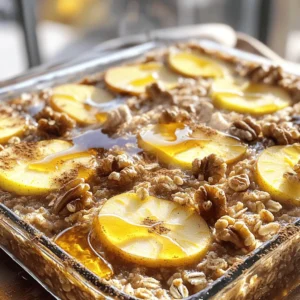
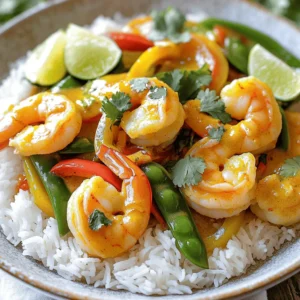

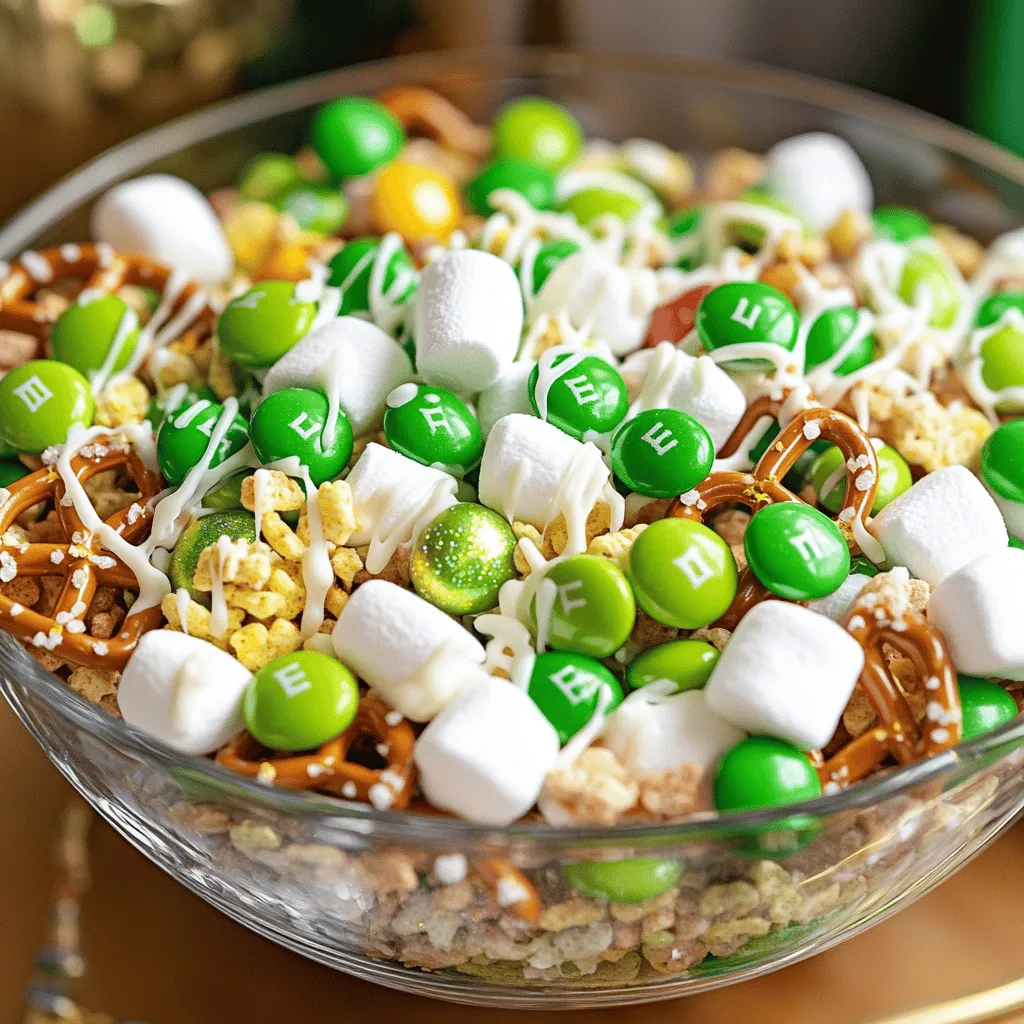
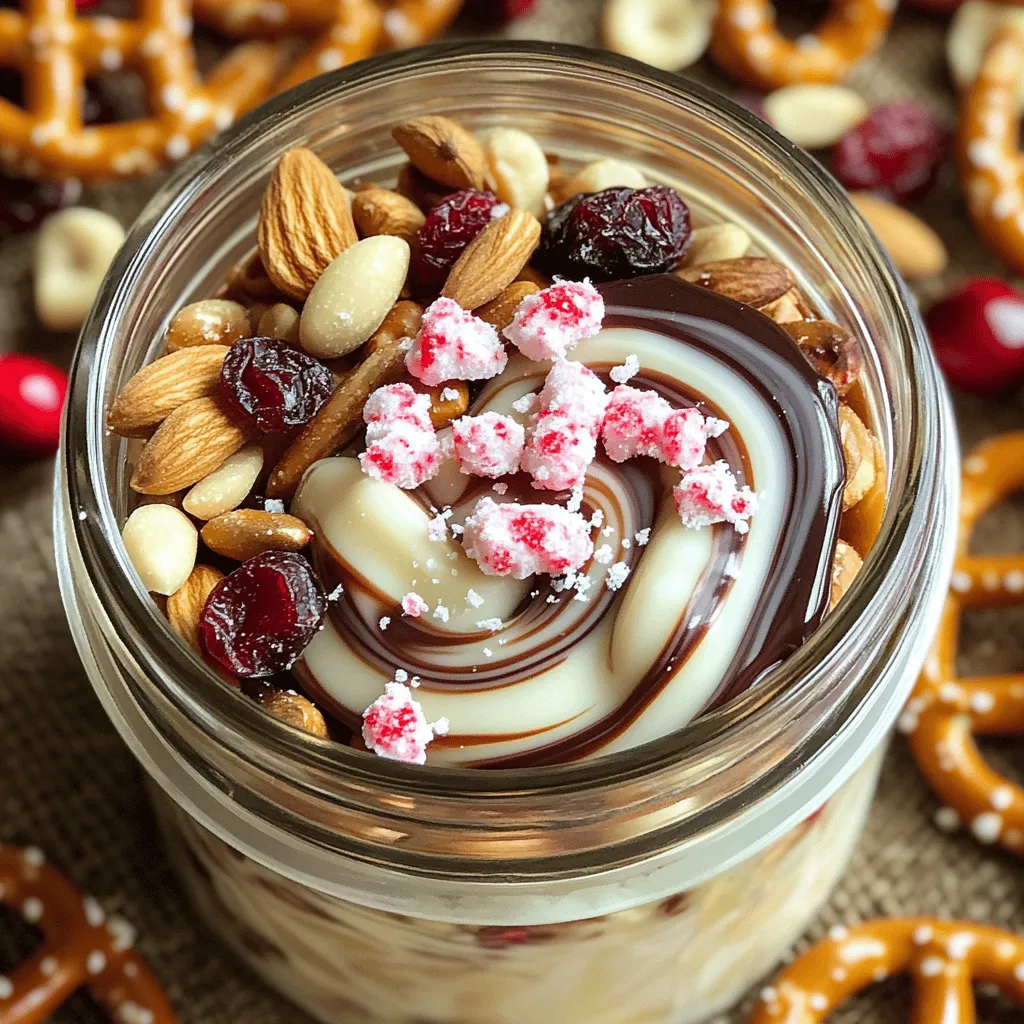





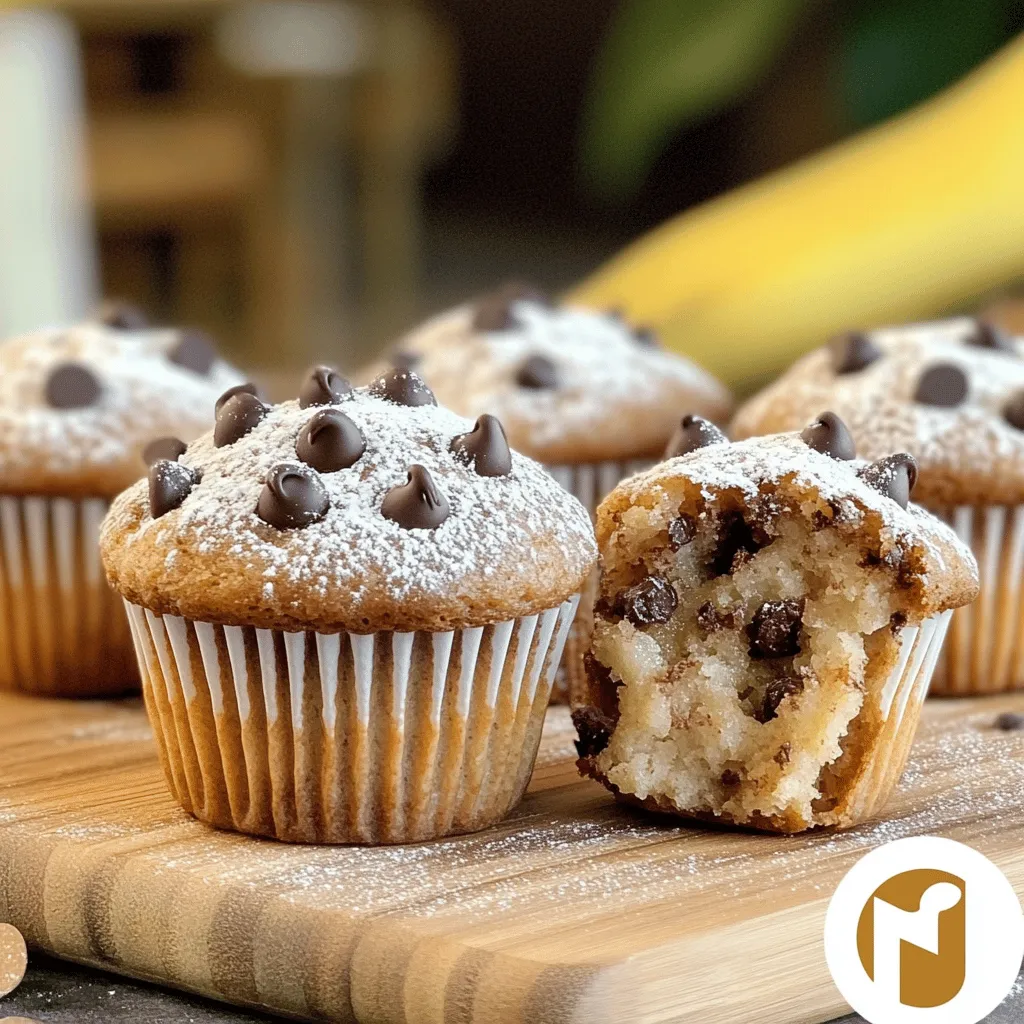



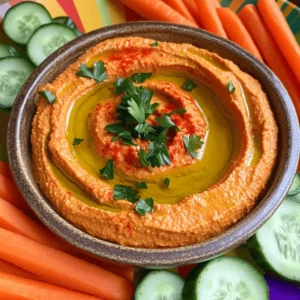
![For rainbow fruit skewers, you need fresh and colorful fruits. I like to use: - 1 cup strawberries, hulled and halved - 1 cup orange segments (or mandarins) - 1 cup pineapple chunks - 1 cup green grapes, halved - 1 cup blueberries - 1 cup kiwi, peeled and sliced These fruits not only look great, but they also taste amazing together. Each fruit brings a unique flavor and texture. Strawberries are sweet and juicy, while oranges add a bright tang. Pineapple gives a tropical touch, and grapes are crisp. Blueberries are small bursts of flavor, and kiwi adds a fun twist with its bright green color. You can make your skewers even more fun! Here are some optional items: - 1 tablespoon honey (for sweetness) - 1 tablespoon fresh mint, chopped (for garnish) Honey adds a nice sweetness. You can drizzle it over the skewers before serving. Fresh mint gives a lovely scent and flavor. It’s a great way to make your skewers look fancy too! To make these skewers, you’ll need a few simple tools: - Skewers (wooden or metal) If you use wooden skewers, soak them in water for about 30 minutes. This helps prevent burning when you grill or bake them. Using metal skewers is great too, as they are reusable and sturdy. This recipe is simple and fun, perfect for any party! For the full recipe, check the [Full Recipe]. First, wash all your fruit well. This keeps everything clean and safe. Next, cut the fruit as needed: - Hull the strawberries and slice them in half. - Segment the oranges or mandarins. - Cut the pineapple into chunks. - Halve the green grapes. - Peel and slice the kiwi. It’s important to have all the fruit ready before you start assembling. This makes the process smooth and fun. Grab your skewers and start with a piece of strawberry. Thread it onto the skewer first. After that, add an orange segment. Continue adding fruit in this order: 1. Strawberry 2. Orange 3. Pineapple 4. Green grape 5. Blueberry 6. Kiwi Repeat this until you use all the fruit. Make sure to alternate the colors to create a rainbow look. It’s a feast for the eyes! If you use wooden skewers, soak them in water for about 30 minutes. This helps them not burn while you cook. Once your skewers are ready, drizzle them with honey if you like. Honey adds a nice sweetness. Chill the skewers in the fridge for 15 to 20 minutes. This keeps them fresh and tasty. Just before serving, sprinkle some chopped mint on top. This adds a pop of flavor and color. Your rainbow fruit skewers are now ready to impress! For the full recipe, check out the details above. When making rainbow fruit skewers, pick fresh and ripe fruit. Choose strawberries that are bright red and firm. Look for oranges that feel heavy for their size. Pineapple should smell sweet and have a golden color. Grapes should be plump and green. Blueberries need to be deep blue, while kiwis should be slightly soft to touch. Mixing colors makes the skewers look fun and bright. You can also pick fruits based on what you like best. To make great-looking skewers, start with a strong base. Use a wooden skewer or metal one. If using wood, soak it in water for 30 minutes. This step helps prevent burning. Begin by threading fruit in a rainbow order: strawberry, orange, pineapple, green grape, blueberry, and kiwi. Push the fruit close together, but don’t squish it. This way, every bite is tasty. Feel free to change the order to create your design. Garnishes are a simple way to add more flavor. Drizzle honey over the skewers for sweetness. You can also add chopped mint for a fresh taste. Try lime juice for a zesty kick. These flavors really make the fruit shine. Plus, they add a nice touch to the presentation. For the full recipe, check the section above. {{image_2}} You can mix and match fruits based on the season. In spring, try sweet strawberries and juicy cherries. Summer brings ripe peaches and plump blueberries. Fall is great for apples and pears. In winter, go for citrus fruits like oranges and grapefruits. This keeps your skewers fresh and exciting. Seasonal fruits also taste better and are easier to find. Make these skewers fit your needs. If you want a vegan option, skip the honey. You can use agave or maple syrup instead. For a low-sugar version, pick fruits like berries and melon. If you need gluten-free options, all fruits are safe! You can also add nuts or seeds for extra crunch, but check for allergies first. Make your fruit skewers pop with fun ideas. Arrange them in a colorful vase for parties. You can also serve them on a large platter with a rainbow design. Try dipping them in yogurt or chocolate for added fun. Use cookie cutters to shape fruit into stars or hearts for special occasions. These ideas will make your skewers a hit! For the full recipe, check out the earlier section. To store leftover rainbow fruit skewers, place them in an airtight container. This helps keep them fresh. Keep the container in the fridge. They should stay good for up to two days. If you see any signs of browning or mushiness, it’s best to toss them. To maintain freshness, only assemble the skewers right before serving. Store the fruit separately if you plan to make them ahead. You can wash and cut fruits a day in advance. Just keep them covered in the fridge. This way, your fruits will taste crisp and bright when you’re ready to serve. Freezing fruit skewers is a fun way to enjoy them later. However, the texture may change when thawed. If you want to freeze them, it’s best to freeze the fruits first. Place each type of fruit in a separate bag. Once frozen, you can assemble the skewers with these fruits. When you’re ready to eat, thaw them in the fridge overnight. Enjoy them cold for a refreshing treat! You can use frozen fruit, but it will change the texture. Frozen fruit often becomes mushy when thawed. This can make your skewers less fun to eat. Fresh fruit is best for a crunchy bite. If you must use frozen fruit, thaw it and drain excess water. This will help keep the skewers from getting soggy. To make fruit skewers ahead of time, prepare the fruit and assemble them. You can cut the fruit a day in advance. Keep them in an airtight container in the fridge. Assemble the skewers a few hours before serving. This keeps the fruit fresh and vibrant. If you want to avoid browning, squeeze some lemon juice on the apples or bananas. Fruit skewers taste great with a variety of dips. You might enjoy yogurt, chocolate, or even honey. Here are some tasty ideas: - Yogurt Dip: Mix plain yogurt with honey and a splash of vanilla. - Chocolate Sauce: Melt dark or milk chocolate for a rich dip. - Honey Lime Dip: Combine honey, lime juice, and zest for a zesty kick. Each dip adds a fun twist to your skewers, making them even more enjoyable! We explored fruit skewers, detailing fresh fruit choices, optional extras, and essential tools. You learned how to prepare, assemble, and serve these delicious snacks. I shared tips for selecting the best fruits and creative presentation ideas to impress your guests. Remember, storing leftovers correctly keeps your fruit fresh. Feel free to mix frozen fruit into your skewers or try fun dips. Fruit skewers are tasty, easy, and perfect for any gathering. Enjoy making your fruity creations!](https://soyumrecipes.com/wp-content/uploads/2025/07/663415e3-e205-4f88-b477-2da98c8d87ec-300x300.webp)


